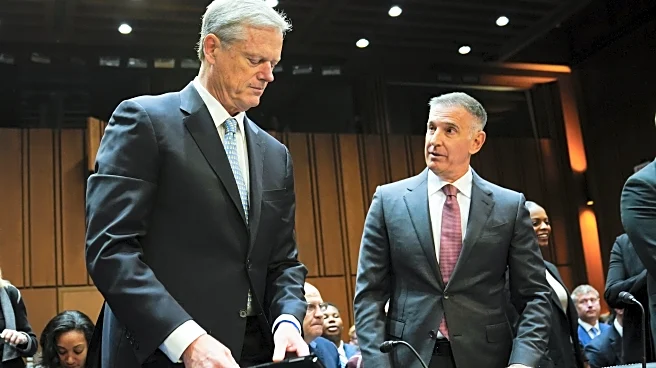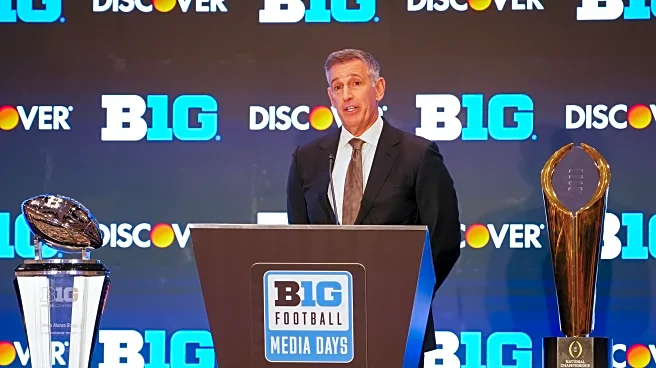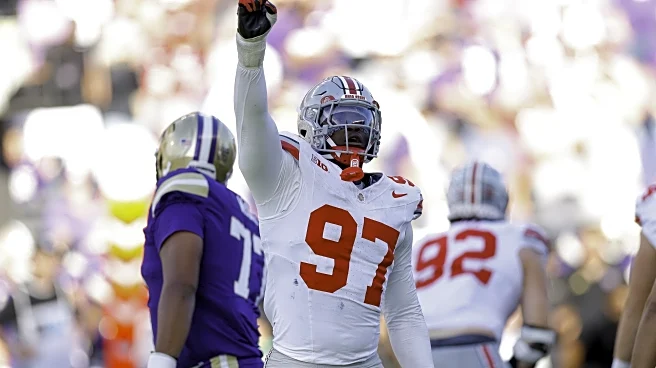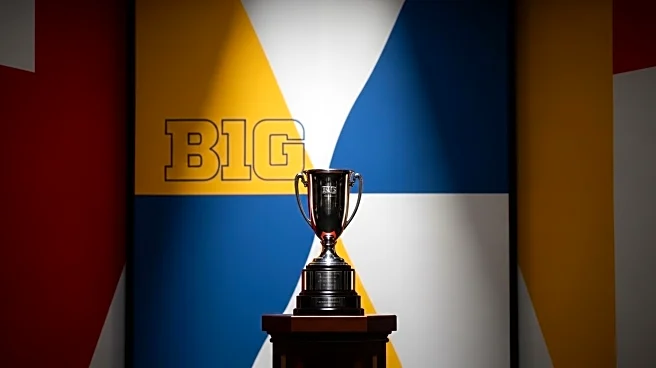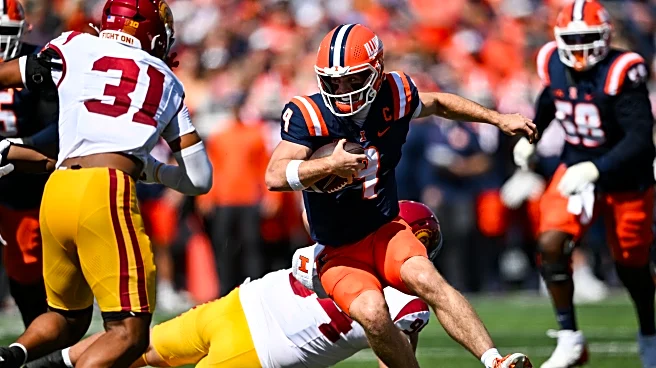I’m not sure if it was the way I was raised, the world I live in, or my general distrust of those with billions of dollars, but when I saw the story from ESPN that dropped last night about the Big Ten trying to bring in a $2 billion private capital deal I immediately felt uneasy. Pete Thamel and Dan Wetzel dropped this story yesterday and I haven’t seen it covered quite as much as it deserves. I’ll let those two guys lay it out for you before I give my thoughts.
The setup being discussed, sources
said, is that this will essentially be the formation of a new commercial entity within the Big Ten that would house all revenue generation such as media rights, sponsorships and league revenue streams.
The working title for the new entity is Big Ten Enterprises, sources told ESPN.
The private capital company would get money back through the new entity through annual distribution in proportion to its financial stake. The Big Ten will essentially have 20 equity shares, comprising the 18 schools, the league and this investor.
Sources told ESPN that this setup eliminates the need to give an outside investor a specific portion of control over decisions or board seats, something that college presidents have generally been uncomfortable with.
Now, take a step back from all of that and just ask what’s the point? Well, it seems obvious right? $2 billion is the point. I’m an idealist but I’m not an idiot. I understand that college sports is big business. We’ve seen media rights deals reach billions of dollars over a decade with those numbers continuing to go up. But I guess my question more simply boils down to how does this new entity operate differently than the Big Ten conference itself. There are plenty of people that work at the conference, surely they could just take on this role, remove the need for this middle man, and not have to worry about what is the obvious problem with private equity money. What is that obvious problem you might be asking? Well, let me point you to the Wikipedia page of private equity owned companies that have filed for bankruptcy. There are some pretty great and recognizable brands on that list including fan favorites like Toys ‘R Us, Sears, and Red Lobster. Now you’re probably saying to me, Andrew, those companies were dying anyway, the private equity money was just the final straw. That may be true, I can’t pretend to know enough about the finances of Toys ‘R Us to know if it was the private equity money that ruined Geoffrey Giraffe but what I can say is this stuff continues to happen once private equity comes in.
I know that the ESPN article says that with the creation of this new entity the revenue pie would go from 19 as it is now, 18 teams and the conference itself, to 20 with the new entity receiving a revenue an “annual distribution in proportion to its financial stake” which seems to indicate it would not be on par with the conference or its members. That’s good, I guess, but again, why can’t the conference just take on a few more employees and do this on its own? Surely that would be cheaper, could accomplish the same goal, and wouldn’t result in the pie being cut into one additional piece. Now, the difference in doing it that way is the lack of the immediate $2 billion infusion. Some of the schools in the Big Ten are allegedly desperate for some cash and might view this as their best chance to achieve financial security, but that seems short sighted to me. Like the CEO who constantly chases the next quarterly revenue report instead of making long term plans.
There is one other interesting tidbit here that bears mentioning. As a rumored part of any deal the grant of rights for the conference would be extended another 10 years, out to 2046. This would, as the article says, paint the Big Ten as stable and strong. No other conference, or perhaps some fictional mega conference, would be able to come around and poach anyone out of the Big Ten for at least 21 years without paying a hefty buyout (one assumes). That’s obviously great news for teams like Purdue that haven’t been pulling their weight in football, the most profitable college sport. However, the article notes that teams like Michigan and Ohio State, the conferences heavy hitters, aren’t sure about the deal because they want to keep a bit of their independence. This makes sense to me, man I hate siding with them, because they should be able to decide which apparel brand will provide their uniforms (among other things). Thamel and Wetzel suggest that the conference’s new entity would negotiate all those sort of things in house and pool the schools into one big pot for folks to bid on. So instead of Nike, Adidas, and Under Armor splitting the conference it would be one brand to rule them all. So maybe everyone ultimately ends up wearing Champion or Russell Athletics because they threw down everything they had. Then there’s no variety in the conference. On the other hand though, maybe it would get the conference a standardized basketball so maybe this isn’t such a bad idea after all….
My final point on this is that the conference doesn’t need this money. Yes, I know maybe it’s because I don’t have that greed gene in me, but the conference just secured the biggest media rights deal in its history with the largest payouts ever. Yes, they have to share revenue now, but that had been coming down the pike for years and schools should have prepared. When someone knocks on your door and offers you $2 billion you can be damn sure they aren’t going to be satisfied just making a tiny profit on top of it. They’ll want more. They’ll come for more.
For me personally? I don’t want my conference beholden to someone trying to make a return on their investment. This doesn’t even touch on the controversies that could arise should one of these private equity operates bidding on the project be funded by a foreign country. I mean EA Sports is about to be owned by a foreign entity so it’s not out of the realm of possibility. There is money to be made in college sports that’s readily apparent. But doing it this way will come with strings and will come with unforeseen consequences down the line. I hope the conference can find a way to avoid this landmine.
